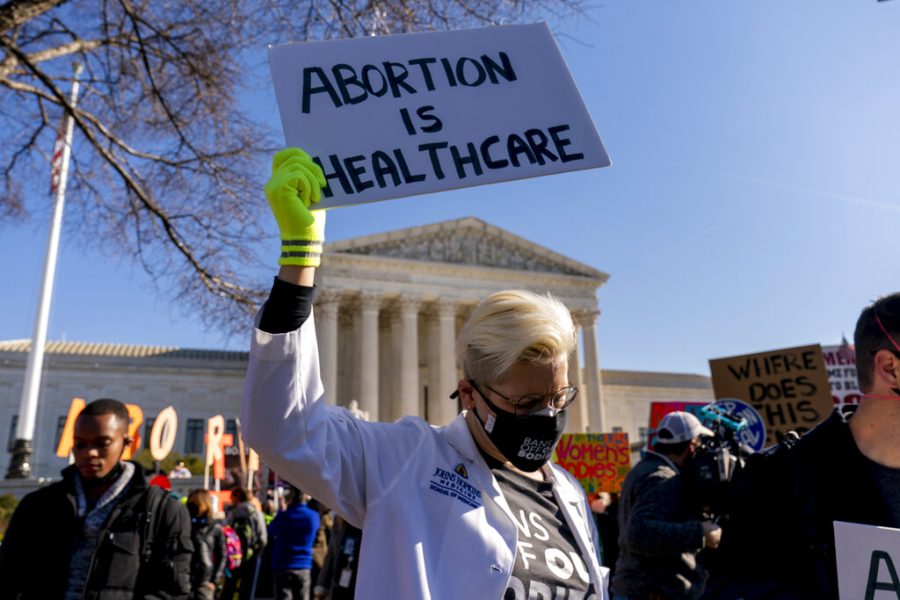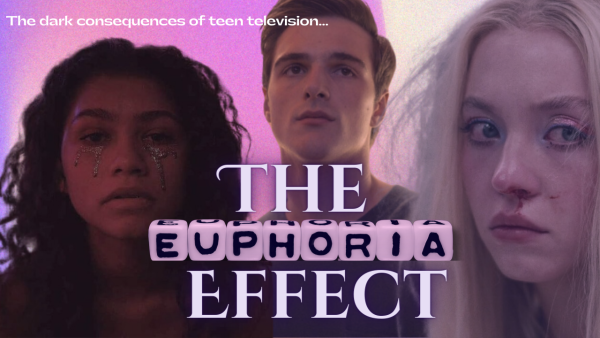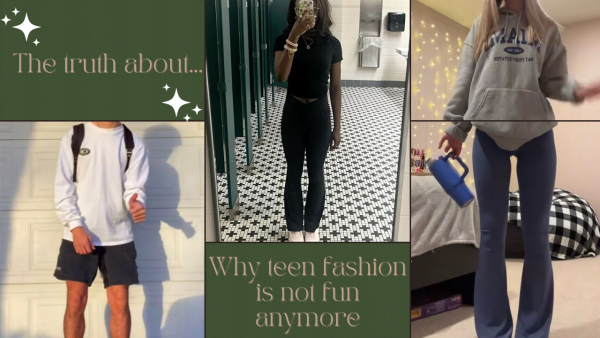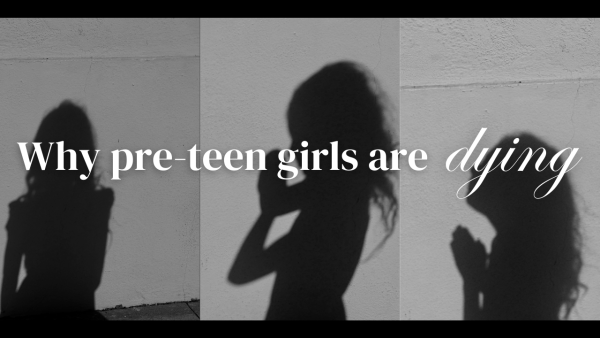OPINION: The fight for abortion more important than ever
A woman in an doctors uniform holds a poster that reads “Abortion is Healthcare” as abortion rights advocates and anti-abortion protesters demonstrate in front of the U.S. Supreme Court, Wednesday, Dec. 1, 2021, in Washington, as the court hears arguments in a case from Mississippi, where a 2018 law would ban abortions after 15 weeks of pregnancy, well before viability. (AP Photo/Andrew Harnik)
Opinions expressed in the Op/Ed section of The Knight Crier are not necessarily reflective of the views of the entire staff of the KC.
Looking at history, we notice trends that indicate humanity is progressing, whether it’s technologically, psychologically, or physically. But on one topic it appears as if we are reverting back to a time where a woman’s right to her body is compromised. More specifically a woman’s right to abortion.
For decades women have fought for the right to vote, to hold jobs, and to be in positions of power, and now more than ever, the right to their own bodies.
In 1973, the Supreme Court case Roe v. Wade stated that a woman has a constitutional right to an abortion until the fetus could survive outside the womb which at the time, was around twenty-four weeks or about five and a half months. As of today with the current technology, that window has shrunk to around twenty-two weeks.
Recently, Roe v. Wade has been under fire by many states trying to decrease the amount of time a woman has to be able to have an abortion.
For example, the Texas abortion law that was put into effect on September 1 this year says that women cannot receive an abortion after six weeks of conceiving, even in cases of rape and incest. At that point, a woman barely even knows she’s pregnant. The only reason a woman would be able to receive an abortion is if the mother’s life is in serious danger, which at that point, might be too late. And to make sure that the law is enforced, anyone who “aids and abets” the procedure can be sued, and the law gives up to $10,000 with legal fees if they win the lawsuit.
“If she is developed enough to be menstruating and become pregnant, and reached sexual maturity, she can safely give birth to a baby,” Dr. Ingrid Skop, an obstetrician in San Antonio who belongs to the American Association of Pro-Life Obstetricians and Gynecologists, said in an article from the New York Times.
Even a girl as young as 9 or 10, impregnated by a father or a brother, could carry a baby to term without health risks.
— Dr. Ingrid Skop
Skop said that “even a girl as young as 9 or 10, impregnated by a father or a brother, could carry a baby to term without health risks.”
A 9 or 10 year old would be in 4th grade. Imagine letting a 4th grader who had been impregnated by a family member give birth to a child when they barely know how to read.
These laws are being decided by predominantly white, male, courts which is ironic given that they are not able to birth children themselves. For instance, the Mississippi Supreme Court contains eight male justices and one female justice. Unless they contain women’s reproductive organs within their bodies, they have no right to make decisions for those that do.
December 1st was the day another abortion case was brought to the Supreme Court where the 6-3 conservative majority heard arguments about the Mississippi abortion law.
Formally known as Dobbs v. Jackson Women’s Health Organization, the law would ban abortions after fifteen weeks under the same conditions as the Texas abortion law. The determination of viability is quickly becoming a more discussed topic when regarding abortion laws and is something the Supreme Court must determine when making a decision in the summer of 2022.
During the Trump presidency, three new Supreme Court Justices were added into the Supreme court, all of which lean conservatively. Most notably and recently is Justice Amy Coney Barret who has openly expressed her ardent opposition to abortion many times and does not give much hope to those hoping to sustain Roe v. Wade.
Although Barrett is a woman, she is one of many women in America who believe in limiting abortion which only pushes the fight for women’s rights farther back.
Especially with the loss of Supreme Court Justice and abortion rights advocate Ruth Bader Ginsburg, it now is very difficult to block laws like the Texas abortion law from taking effect.
But many who are anti-abortion forget that a woman’s abortion is not all about them and that the woman could need it for multiple reasons. Aside from reasons like rape or incest, women could want an abortion based on their financial instability, possible medical complications, or not having the desire or need to have a child at the time to instead pursue their careers or passions first.
Laws like these are blatant acts of the blockage of a woman’s right to her body, and those who claim it is protecting the rights of the “unborn baby” are purely focused on limiting the rights of the woman. Once the baby is born, all of the care for the baby’s life is forgotten and many of the babies that were forced to be born are put up for adoption or put through the foster care system.
“Infant foster care entries rose nearly 13 times as much as those for other age groups,” the US Department of Health and Human Services said in a brief from August of 2021. “Infants accounted for more than 70 percent of the total increase in entries.”
The foster care system is already stretched far too thin and the addition of more unwanted babies born into the country will worsen an already serious problem. It is not fair to force children to be born into a life where they cannot live to their full potential.
In the event that Roe v. Wade is overturned, it could have catastrophic effects on the whole country, causing many women to have to go long distances in order to receive medical attention in a state that hasn’t outlawed abortion.
If Roe is overturned, women will continue to seek abortion care, but they will be forced to look to illegal methods or go out of state.
— Hagstrom Miller
“If Roe is overturned, women will continue to seek abortion care,” the founder and CEO of Whole Woman’s Health Hagstrom Miller said in an article from the Texas Tribune. “But they will be forced to look to illegal methods or go out of state, creating… ‘two Americas’.”
According to abortion rights research organization the Guttmacher Institute, if Roe v. Wade is overturned or weakened, at least twenty-one states potentially will attempt to ban abortion. This is mainly in Southern states where it would be significantly harder for a woman to receive medical attention within a close distance. Even if they could go out of state, those seeking abortions are mainly minorities, low-income women, adolescent girls, or undocumented immigrants who may not have the means to travel for an abortion.
Abortion is healthcare whether it disagrees with some people’s morals or not. What makes America the country it is is that every person has the freedom to themselves, whether it’s their voice or their beliefs, and nothing should infringe upon that. When America is all about freedom, why is it that some can be free to make their own choices and others can’t?












